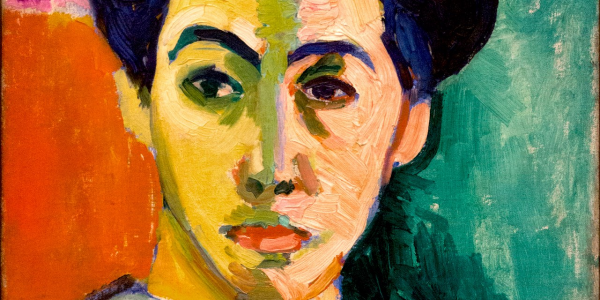
What is Fauvism and where can you see Fauvist works?
Fauvism was an avant-garde pictorial movement that emerged in France in the early twentieth century, between 1905 and 1907. Its main characteristic was the use of pure and arbitrary color, without concern for the naturalistic representation of reality. Fauvist artists sought to express their emotions and instincts through plastic language, with loose and spontaneous strokes, without perspective or modeling. The term Fauvism comes from the French word fauve, which means beast, and was coined by the critic Louis Vauxcelles when he saw the works of this group at the 1905 Salon d'Automne.
Among the main representatives of Fauvism were Henri Matisse, André Derain, Maurice de Vlaminck, Georges Braque and Raoul Dufy. Some of them were inspired by post-impressionist artists such as Paul Gauguin and Vincent van Gogh, who also used color in a subjective and expressive way. Fauvism was a brief but influential current, which paved the way for other avant-gardes such as Cubism and Expressionism.

The Green Stripe, Henri Matisse, Musée d'Orsay
Fauvism at the Musée d'Orsay.
The Musée d'Orsay is a French national museum dedicated to 19th and early 20th century art, located in Paris, in the former Orsay railway station. The museum houses an important collection of Impressionist and Post-Impressionist paintings, as well as sculpture, photography and decorative arts. Among its highlights are Edgar Degas' The Dancing Class, Édouard Manet's Lunch on the Grass, Paul Cézanne's The Card Players and Gustave Courbet's The Origin of the World.
The Musée d'Orsay also has some Fauvist works. Most of them can be found in room 33 on level 5 of the museum, dedicated to modern art between 1900 and 1914. Among these works are Henri Matisse's The Green Stripe (Amélie Parayre), Maurice de Vlaminck's The Girl from Rat Mort, André Derain's The Bridge over the River Marne at Créteil and Georges Braque's The Port of Collioure. These paintings show the intense and contrasting use of color, the simplification of forms and the absence of depth typical of Fauvism.
If you want to learn more about other Impressionist works, we recommend "Musée d'Orsay Art Guide", our book about the museum that houses the largest amount of Impressionist work in the world, as well as a must-have art guide to discover and learn the essentials of the great works, artists and styles of the Musée d'Orsay, available on Amazon.
Buy it here: https://www.amazon.es/dp/8418943483/
Sources:
Fauvism: what is it, characteristics, artists and works - Cool Culture https://www.culturagenial.com/es/fauvismo/
Fauvism - What was it, characteristics, background, artists and more https://enciclopediadehistoria.com/fauvismo/
Musée d'Orsay: Painting https://www.musee-orsay.fr/es/colecciones/obras-comentadas/pintura.html
